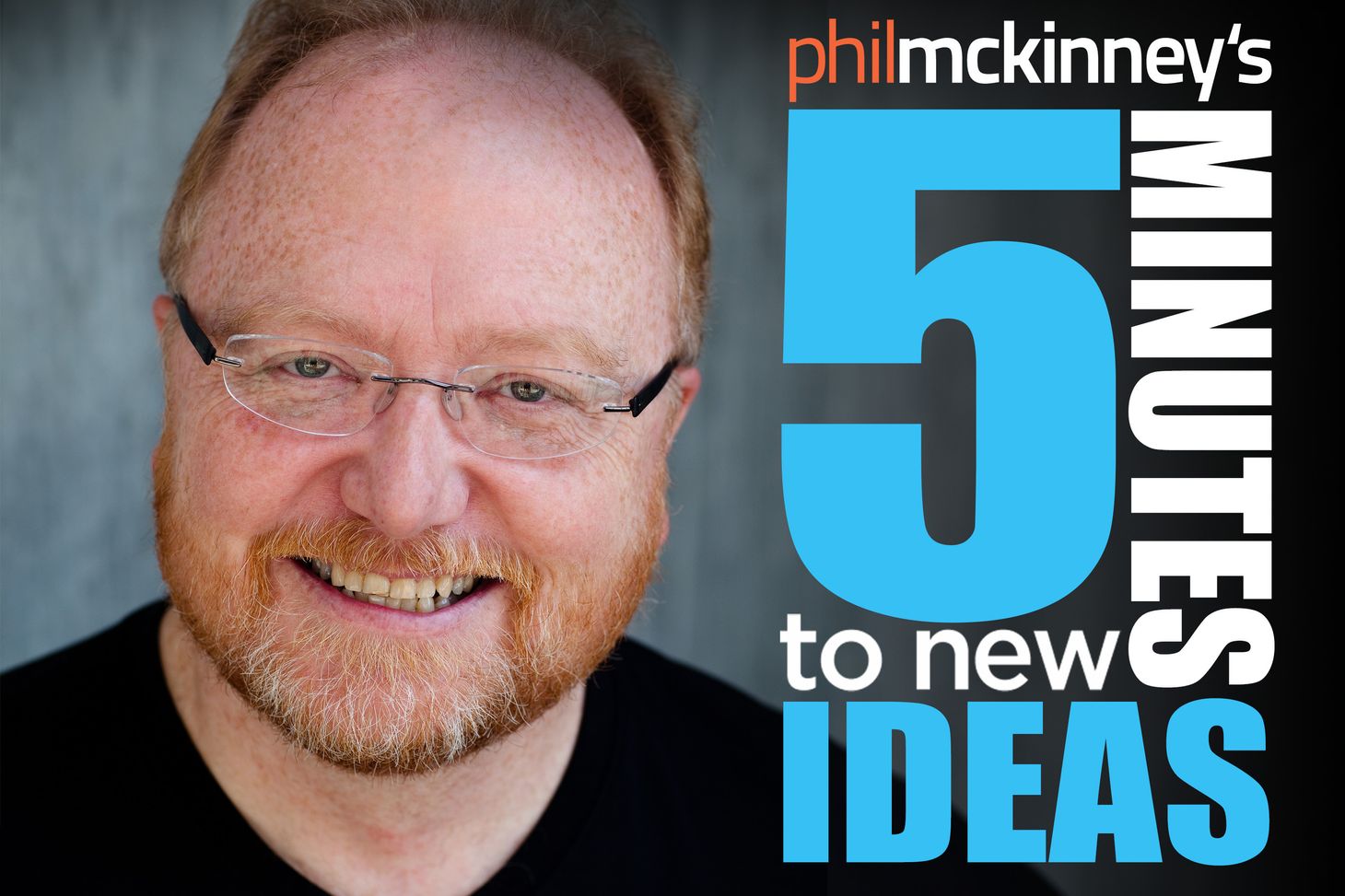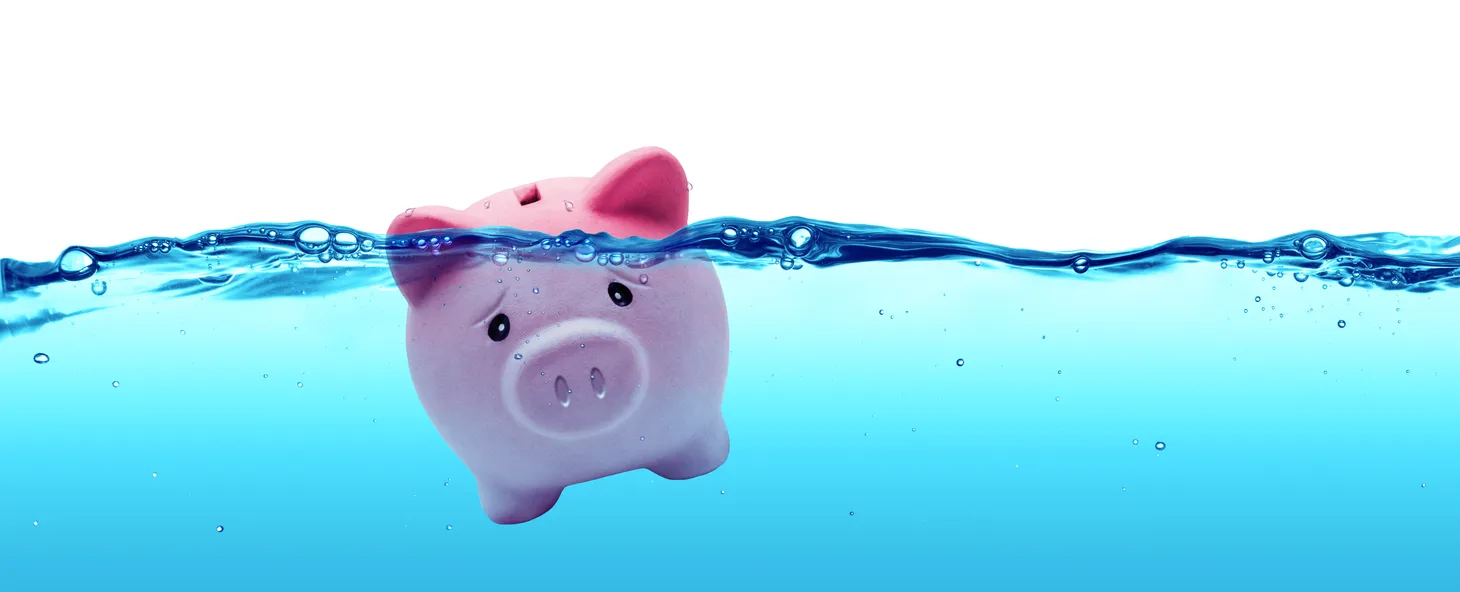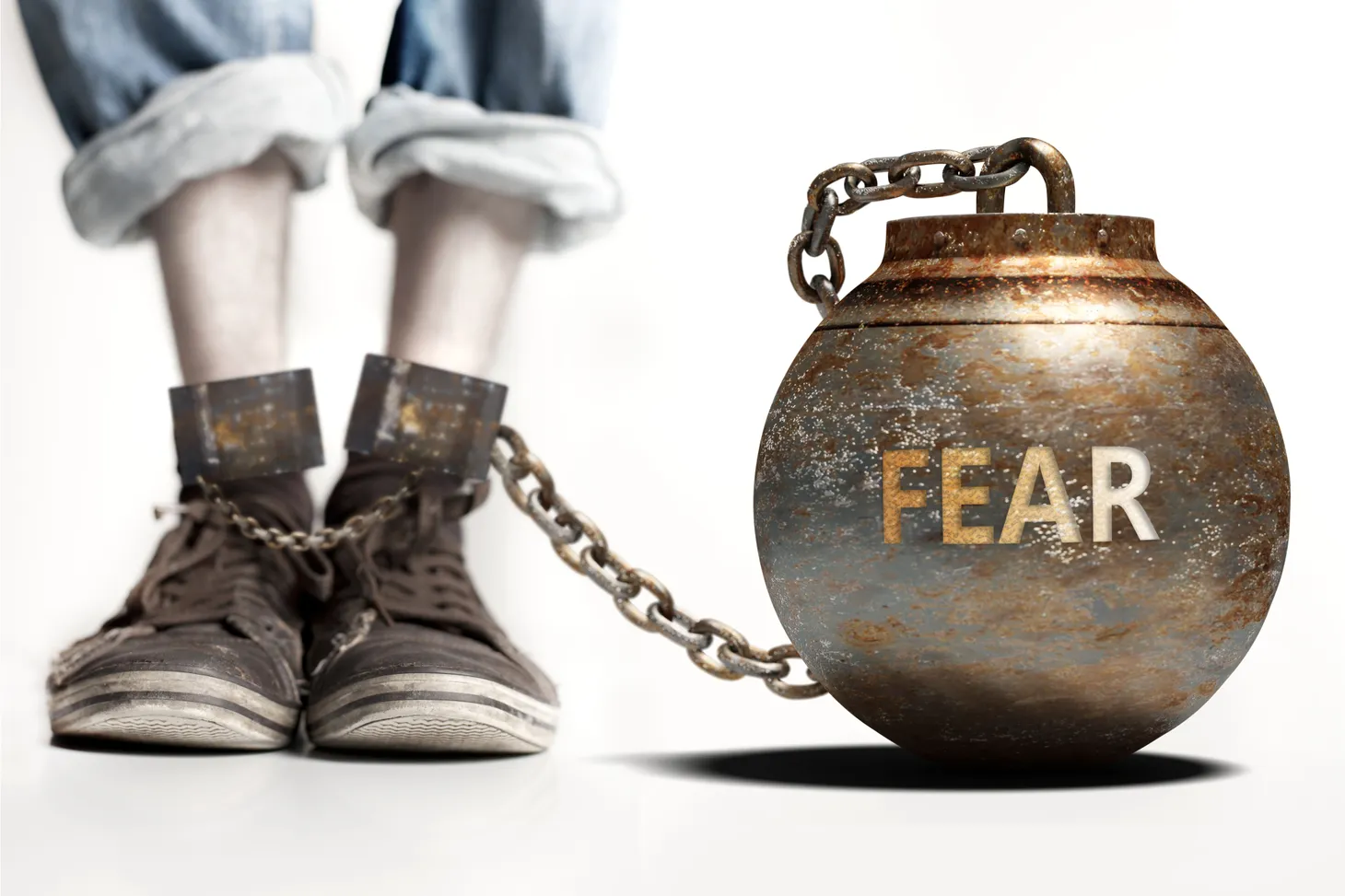In What Order Do You Do the R and D Process

In the traditional R&D process, the product is developed and then handed off to the design team to “wrap” it and make it look pretty.
The drawback is that this approach is out of date; in the last ten years consumers have become much more design-savvy.
Consumers want functional, usable design that highlights ease of use, or a more emotive design that adds a personal connection with the product or in some way broadcasts a statement about the user’s more subtle, hard-to-define beliefs about themselves.
We can all name a handful of companies that are melding form and function in a way that resonates with users and creates a deep-seated brand loyalty.
Look at JetBlue.
They are essentially a low-cost carrier, but their design does a masterful job of suggesting that they provide a full-service experience.
Their terminal at JFK is a flashback to the old-world style of travel—more elegant and sophisticated than its customers would expect it to be, and more pleasant to spend time in compared with the terminals of most of its competitors, the so-called legacy carriers.
It’s important to constantly ask why you develop your product elements in a particular order.
This is especially true if your organization has been in business for a substantial length of time and yet you’re still developing your products in an order that was devised to suit production methods from decades ago.
Ford Motor Company worked with Ideo and the New York–based design firm Smart Design on the Ford Fusion.
This was a daring move for Ford, as the car industry has always believed in keeping new ideas proprietary.
By bringing in outside firms they risked their design being leaked prematurely.
However, they recognized both that they needed to do something bold with the design to reflect the radically new nature of the car and that they didn’t know where to start.
Ford wanted a design that reflected the fact that the hybrid car was something “new.”
Part of this process was realizing that their potential customer base was made up of people with wildly divergent needs and wants.
There were the hard-core “hypermilers,” who kept spreadsheets detailing the performance they got out of every gallon of gas.
There were customers who were concerned about the environment but didn’t think much about it beyond making the decision to go hybrid.
And there were people who simply were looking to lower the amount they spent on gas but weren’t emotionally invested in the environmental aspect of the vehicle.
All of these groups wanted different levels of information and feedback from the dashboard array.
The hypermilers wanted to “keep score” of their gas mileage and monitor how the car was performing at different points during their driving experience.
The less environmentally focused customers wanted a simpler, less distracting display.
The only thing all the potential customers agreed on was that there needed to be an easy-to-find clock display somewhere on the dash.
So, rather than developing the dashboard last to meet the specs of the car (as it is typically done), the design team reversed the process and started working on the dash long before they even had the car itself designed.
They started off interviewing hundreds of potential customers but quickly realized that no one design was going to make everybody happy.
After multiple rounds of testing they developed a dash that allowed the driver to pick one of four settings that determined what appeared on the display.
Once this concept was finalized, it was sent to the engineers to incorporate into the overall specs of the vehicle.
By reversing the order in which their process was normally done (here’s the car, now figure out how the dashboard works within it), the combined team of Ford, Ideo, and Smart Design were able to come up with a unique experience that reflected the environmental philosophy of the car and give users a customizable experience that was much more likely to please the individuals who purchased the vehicle.
[Sparking Points]
In what order do you develop an idea and its components?
What would happen if you changed that?
How did you make the determination about your customers’ priorities in regards to how you ordered the phases of R&D?
When do you involve design in the R&D? What would be the impact if you change it?




